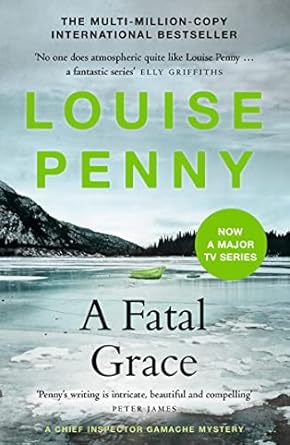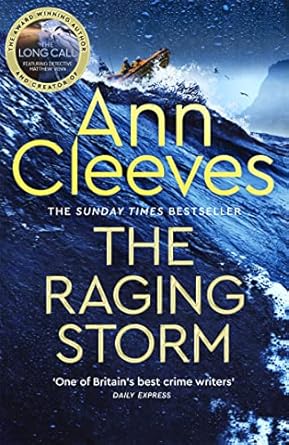3 Stars
This novel is set during and after the American Civil War and focuses on the lasting damage inflicted by war.
A man volunteers and becomes a sharpshooter fighting for the Union in 1861, leaving his pregnant wife in a cabin high in a mountain ridge in West Virginia. His wife, alone except for Dearbhla, their “granny neighbour” who lives in a nearby cabin, gives birth to a daughter whom she names ConaLee. After 1864, there is no news of the husband. A man, known only as Papa, comes by the isolated dwelling and basically enslaves ConaLee and her mother. The latter becomes so traumatized that she suffers mental and physical collapse. In 1874, after stealing everything from them, Papa abandons 12-year-old ConaLee and her mother at the Trans-Allegheny Lunatic Asylum. The two are admitted as Miss Janet, a gentlelady, and Eliza, her nursemaid.
The novel shows Miss Janet’s slow recovery at the asylum. While in residence, they become acquainted with various residents and staff, including Dr. Story, the physician superintendent, and John O’Shea, the night watchman. The reader also learns what happened to ConaLee’s father during the war. In addition, the background of ConaLee’s parents, their connection to Dearbhla, and the reason for their sheltering in the remote mountains are revealed.
The book explores the lasting ravages of war: “The fighting has ceased, but not the grief.” There is only one battle scene; instead, the focus is on the consequences and long-term physical, emotional, and mental effects of war: “War scars last. . . . Generations . . .” because the consequences of war continue to unspool “like malignant thread.” John O’Shea fought in the war and, besides suffering permanent physical injuries, loses virtually everything important to him. ConaLee is deprived of a father and her childhood and becomes a victim of the lawlessness that came with and after the war. ConaLee’s mother loses her husband and is so terrorized by Papa that she becomes catatonic, leaving young ConaLee in charge of the household. Dearbhla’s family is torn apart.
What I found most interesting is the treatment of the patients in the asylum which follows an approach known as “moral treatment” based on the theory of real-life Dr. Thomas Story Kirkbride whose directive and organization of institutions for the insane were the gold-standard of clinical care in psychiatry throughout the 19th century. Quotations from Dr. Kirkbride are included throughout. I was certainly surprised by the humane and empathetic approach. The list of “Reasons for Admission, 1864 to 1889” mentions “novel reading” so avid readers could have been seen as being in need of psychiatric care!
What I did not like is the novel’s reliance on coincidence. The book’s six most important characters are brought together in a contrived way to create a climax. One of those has escaped custody and reappears at just that moment?! Magic realism elements are included and this blending of fantasy and reality seems unnecessary, used only to arouse more pathos. The ending too is contrived, just too redemptive and melodramatic.
The novel was a 2023 National Book Award Nominee for Fiction. I was surprised to learn this because of the book’s uneven quality. An interesting story is told, but the reader must suspend disbelief several times in order to enjoy it.








